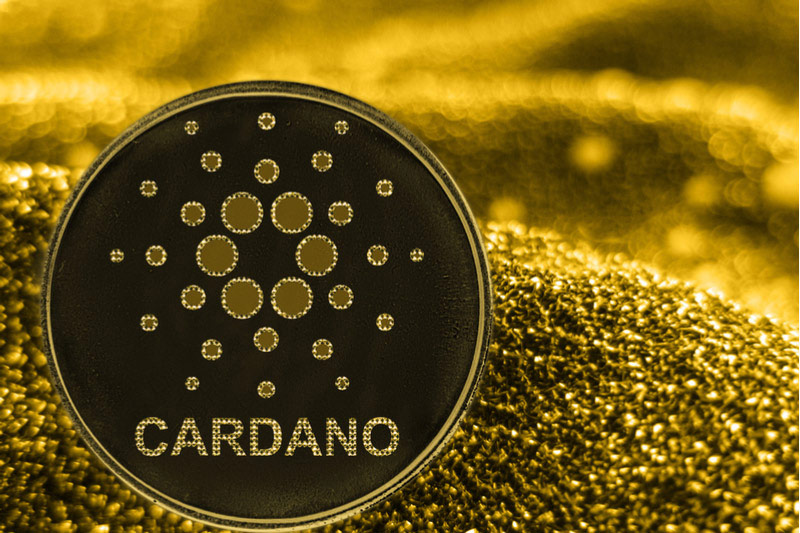
Coinposters
Cardano Founder Shares The Company’s Plans For 2022

Cardano founder Charles Hoskinson presented a 30-minute Youtube video on Christmas Eve in which he reviewed some of Cardano’s key successes in 2021 and highlighted some of the company’s main ambitions for the next year. He also stated that a formal structure for open-source projects will be established.
Cardano Keeps Going Up
Cardano’s value has increased by 8% in the last 24 hours and by 25% in the last seven days. Cardano’s price shifted in response to information about the company’s new strategy.
Cardano was launched in 2015 and has since evolved into a viable competitor to Ethereum. It uses its local currency, ADA, to handle transactions for its clients. It’s also known for being one of the most popular bitcoin networks.
Hoskinson said: “There was a tweet from 2020 where I said, ‘I predict by next year we’ll have thousands of dApps and hundreds of assets on Cardano,’ and I got it wrong in both directions.”
According to him, instead of hundreds, the Cardano network now has over two million assets, the bulk of which are purportedly NFTs. “We have yet to see considerable momentum” in the expansion of decentralized apps (dApps) on the network, according to Hoskinson. He said that this was due to the Goguen upgrade, which added smart contracts to the network, being delayed.
With the Alonzo hard fork on September 12, Cardano added smart contract capability to the mainnet. However, because to a so-called concurrency issue, Minswap, the first decentralized exchange to function on the network, ran very immediate scalability issues.
Concurrency, to put it simply, is the ability for several agents to engage with the same smart contract at the same time. Due to this problem, Cardano’s EUTXO-based architecture has made it difficult for developers to create scalable decentralized apps using the protocol.
He also stated that over 15 firms are now working on Cardano all across the world. The company also hopes to expand the number of businesses with whom it collaborates.
Furthermore, in the future, states and institutions throughout the country will be able to communicate and work on commercial initiatives.
IOHK also produced a page outlining how people may introduce ADA to their friends and family, in addition to the video lecture. The essay goes on to say that Cardano is focused on decentralized finance, or DeFi, and refers to it as “Realfi.”
Plans to Expand Through Africa
“Next year, what’s going to happen is that a formal open-source structure is going to be formed, kind of like Hyperledger to Linux, and we’re going to see many institutions wired in,” said Hoskinson.
Cardano’s aims for the coming year include strengthening the network’s institutions and extending its usage beyond Africa. Cardano’s objective is to create all of the required tools for on-chain peer-to-peer lending that is both accessible and compliant. One of the effects of this would be to entirely bypass Africa’s financial system, which, according to Hoskinson, is “very predatory at times and allows some of the worst individuals alive to continue in power.”
Hoskinson also offered a few unfavorable comments about some of the current trends and competing ventures in the sector. He stated on the present state of the industry:
“Decentralization, that’s what we were promised, and what did we get? Pictures of rocks that sell for million dollars, buzzword buzzword buzzword, networks that purport to be decentralized but when they stop working, somebody kicks them to restart them.”
While he didn’t name names, his remark was most likely addressed at Solana, a smart contract blockchain that has had repeated network outages in the past year. In September, for example, the network fell down for 18 hours, and validators had to reassemble and “restart” the network in order to get it back up and running.
Latest
Altcoins
09 May 2024
Altcoins
19 Apr 2024
Altcoins
16 Jan 2024
Altcoins
31 Aug 2023
Altcoins
24 Jun 2023
Altcoins
24 Jun 2023













